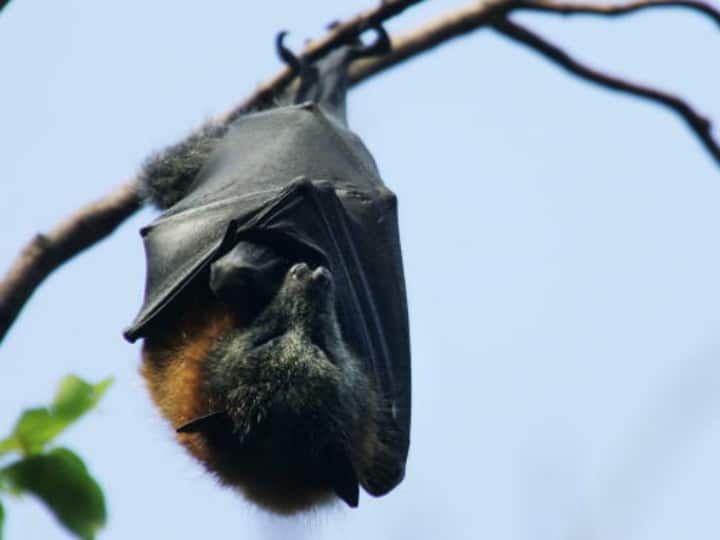EXPLAINED | What Is Marburg Virus Detected in W Africa? Is It Same As Ebola? Symptoms, Treatment And All You Want To Know
Earlier, Marburg virus cases were reported in humans who had prolonged exposure to the caves or mines where fruit-eating Rousettus bats reside in

New Delhi: A case of the Marburg virus disease or MVD was reported from West Africa, the World Health Organization has said. The person infected succumbed to the virus. Like Ebola, the Marburg virus is a highly infectious haemorrhagic fever.
The virus is carried by a fruit-eating bat called Rousettus bat, according to WHO. Earlier, MVD cases were reported in humans who had prolonged exposure to the caves or mines where these bats reside in.
ALSO READ: First Case Of Lethal Marburg Virus Detected In West Africa, What We Know So Far
Marburg History & Transmission
Marburg and Ebola viruses are both members of the Filoviridae family (filovirus). MVD was initially detected in 1967 after simultaneous outbreaks in Marburg and Frankfurt in Germany, and in Belgrade, Serbia. These outbreaks were associated with laboratory work using African green monkeys that were imported from Uganda.
Rousettus bats are the natural hosts for the Marburg virus, even though in the first outbreak the source were the Green monkeys. Pigs are susceptible to filovirus infection hence, they too are considered to be an amplifier host of MVD.
Symptoms Of Marburg
A person can begin to show symptoms from anywhere between two and 21 days, and these may begin with abrupt and high fever, severe headache and malaise. These are followed by symptoms like severe muscle pain, abdominal cramping, watery diarrhoea and vomiting. During this period, WHO says, the patient has a "ghost-like" appearance due to the deep-set eyes and extreme lethargy.
Severe haemorrhagic symptoms appear between 5 and 7 days, wherein patients have some form of bleeding, often from multiple areas. Aside from fresh blood in the vomit, and faeces, a patient may bleed through their gums, nose and even vagina. In the later phase of the disease, inflammation of both the testicles have also been reported.
Due to the involvement of the central nervous system or CNS, the patient could be confused, irritable or even aggressive. Death usually is reported most often between 8 and 9 days after the onset of symptoms.
Diagnosis & Treatments
According to the WHO, these diagnostic methods can be used as the symptoms can be confused with that of disease like malaria & typhoid.
- antibody-capture enzyme-linked immunosorbent assay (ELISA)
- antigen-capture detection tests
- serum neutralisation test
- reverse transcriptase-polymerase chain reaction (RT-PCR) assay
- electron microscopy
- virus isolation by cell culture
Currently, there are no vaccines for the virus, but supportive care such as rehydration with oral or intravenous fluids or treatment of specific symptoms can improve chances of survival.
Prevention Of Marburg
- People visiting or working in caves/mines should were gloves and other protective gear.
- Persons caring for patients must were PPE and must avoid contact with any bodily fluids. It is recommended by the WHO that regular handwashing with soap and water is a must while caring for or visiting patients.
- The deceased must be given a dignified and proper burial and those who have come in contact with the patient must be monitored for 21 days.
- Male survivors must test their semen twice for a negative result after 12 months of the onset of the symptoms.
Check out below Health Tools-
Calculate Your Body Mass Index ( BMI )
Calculate The Age Through Age Calculator
Related Video
Punjab News: AAP Leader Shot Dead During Wedding in Amritsar





































